The Forni Lab - RNA Institute Spotlight
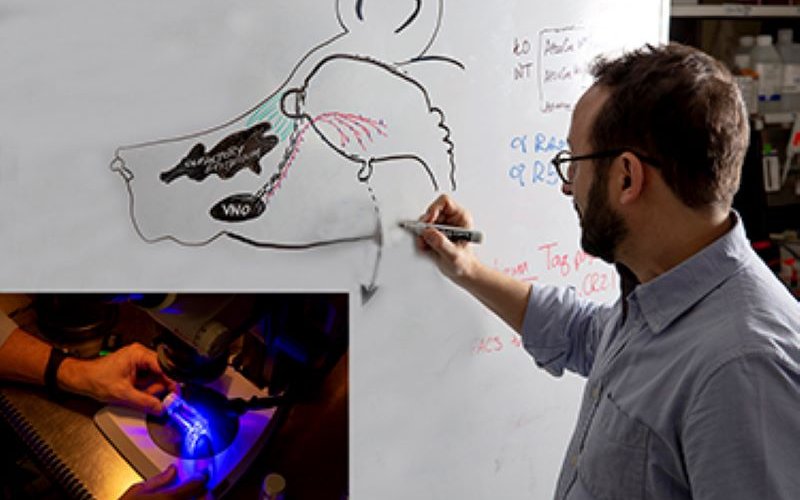
About the Lab
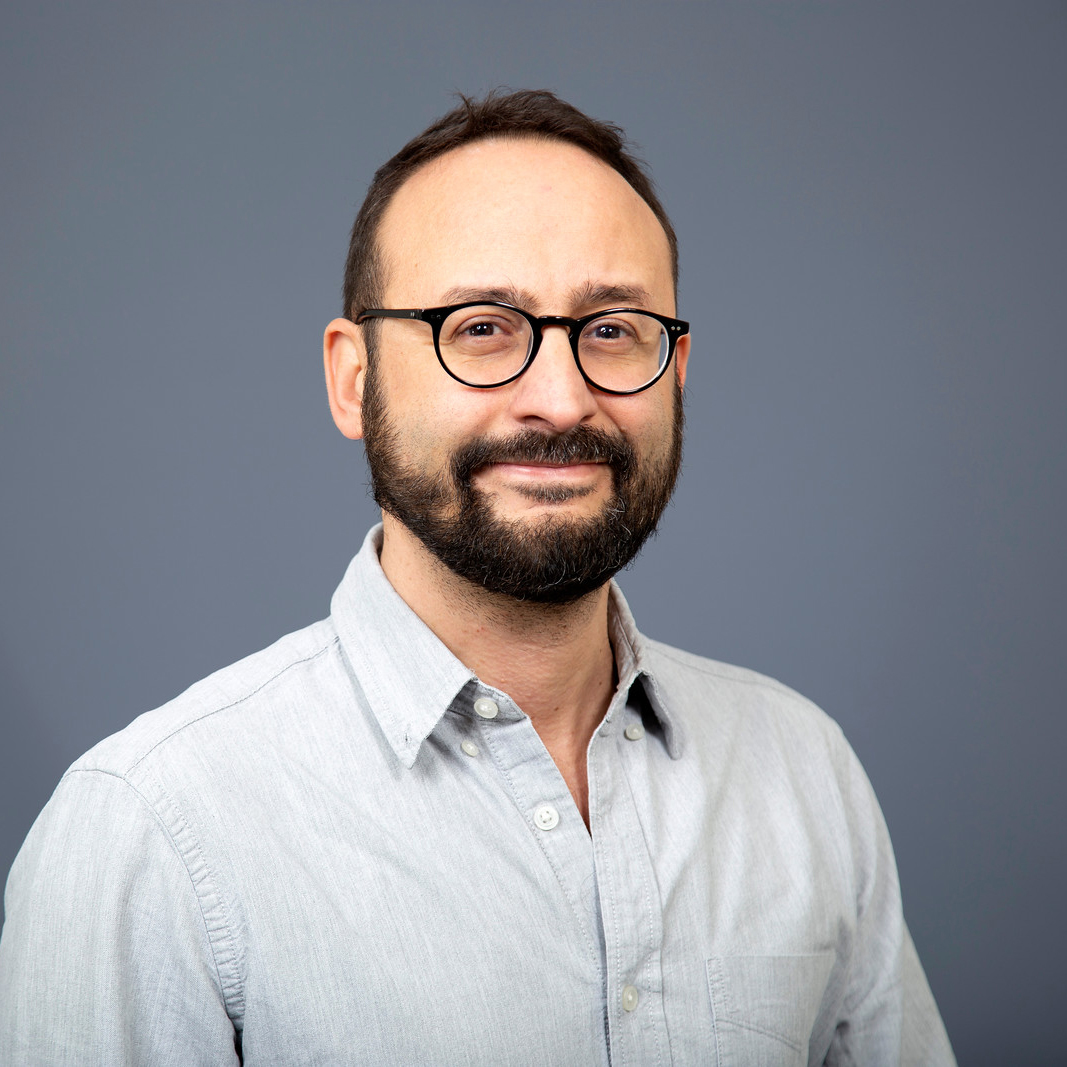
The Forni Lab is led by Dr. Paolo Forni, Associate Professor in the department of Biological Sciences at UAlbany and RNA Institute Associate Faculty Member. Dr. Forni, a native of Italy who received his PhD from the University of Turin, came to UAlbany in 2014 after spending 7 years at the National Institutes of Health. He has been a member of the RNA Institute since 2019. Paolo Forni garnered multiple NIH awards totaling more than $3.4 million early in his career, a remarkable accomplishment.
Research in the Lab
The Forni Lab’s main research area is developmental neurobiology. Their focus is on early events in olfactory system development, cell fate tracing and on the ontology of the GnRH-1 neurons with a goal to unravel the cellular and molecular mechanisms underlying normal and pathological developments of these systems. In addition, they aim to discover molecular principles defining neuronal identity, synaptic selectivity, and neuronal circuit formation in mammals by studying the development of the vomeronasal sensory neurons in mice.
Correct development of the nose is necessary for detection of environmental odorants but is also crucial for maturation and function of the reproductive system. In fact, during embryonic development a population of neurons, called gonadotropin-releasing hormone-1 neurons (GnRH-1), migrate from the nose to the brain. Once in the brain, these neurons control the reproductive axis. Genetic defects that affect the formation of the nasal/olfactory structures, as well as migration, survival and/or function of GnRH-1 neurons lead to aberrant sexual development and sterility. Understanding who are the stem cells and what is the embryonic origin in the developing nose has only recently begun, which leaves many blanks yet to be filled.
Defects in craniofacial development, olfaction and sexual development have been linked in a growing number of human syndromes. Kallmann Syndrome is one such syndrome that the lab is researching.
Highlighting Members of the Forni Lab

Dr. Jennifer Lin, Postdoc
Lab member since: 2015
Project Name: Tfap2e/AP-2ε is a transcriptional regulator controlling neuronal identity and circuitry formation in the mouse accessory olfactory system
Briefly Describe your project: I am interested in the role of transcription factors in the selection and maintenance of neuronal identity and have used mouse models to knock-out, rescue, and ectopically express AP-2ε to test if we can reprogram neurons.
Working in the Forni lab is a great collaborative experience. Even though everyone has their own projects everyone is willing to help and share their expertise. - Jennifer Lin
Hobbies: gardening, trying new foods, hiking, rock climbing, and spending time with her dog.
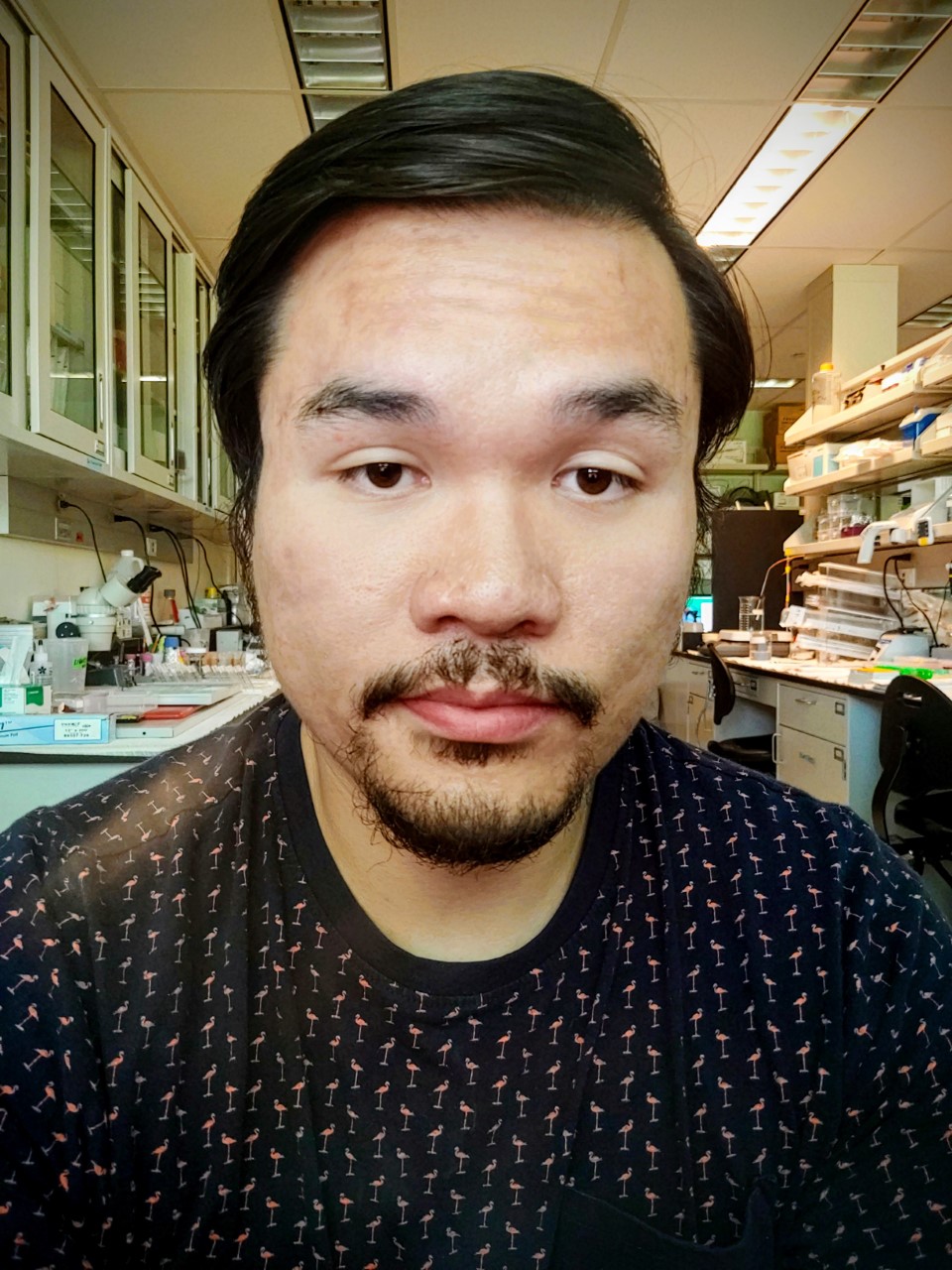
Ed Zandro Taroc, RNA Fellow
Lab Member Since: 2015 (Undergraduate Student) 2018 (Graduate Student)
Project Title: Discovering the role of Gli3 in Olfactory Ensheathing Cell Development and GnRH-1 neuronal Migration
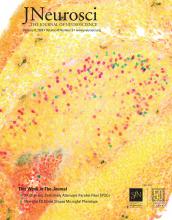
Briefly describe your project: The goal of my project is to understand the role of Gli3 in the development of the olfactory ensheathing cells which are a crucial cell type in facilitating the migration of Gondatropin Releasing Hormone-1 neurons (GnRH-1ns), a neuronal population important for pubertal onset and sexual maturation.
I have been in this lab since it started and it has been a very fun adventure being a part of all of the projects that have developed in the last 6 years – Ed Zandro Taroc
Ed has published 4 first author papers since joining the lab. One of his publication images was used on the cover of the Journal Neuroscience last year. Recently he contributed a writing piece developed during the RNA Fellows Science Communication Track in the RNA Institute Spring Newsletter In the Loop.
Hobbies: morning runs, video games, reading hanging with friends and getting into random shenanigans.
Follow Ed: @edtaroc (Twitter and Instagram)

Raghu Katreddi, RNA Fellow
Lab member since: January 2019
Project Name: Role of Notch signaling in the apical vs basal neuronal cell fate determination in the Vomeronasal organ
Briefly Describe your project: I am interested in studying how common pools of stem cells can give rise to different neuronal cell types. Vomeronasal organ (VNO) is a part of accessory olfactory system in mouse, and it consists of 2 major neuronal sub types - 1) apical neurons and 2) basal neurons. In my project, I am studying whether notch signaling has a role in the cell fate determination of the apical and basal neuronal types in the VNO.
It's so much fun working in the lab. My PI gives lot of freedom to develop the project and share thoughts with other lab members. He also gives opportunities to collaborate with other lab mates and other labs. - Raghu Katreddi
Since 2019, Raghu has coauthored 2 research articles and recently published a review article on the development of the vomeronasal organ (see publications listed below).
Follow Raghu: @KatreddiRam (Twitter)
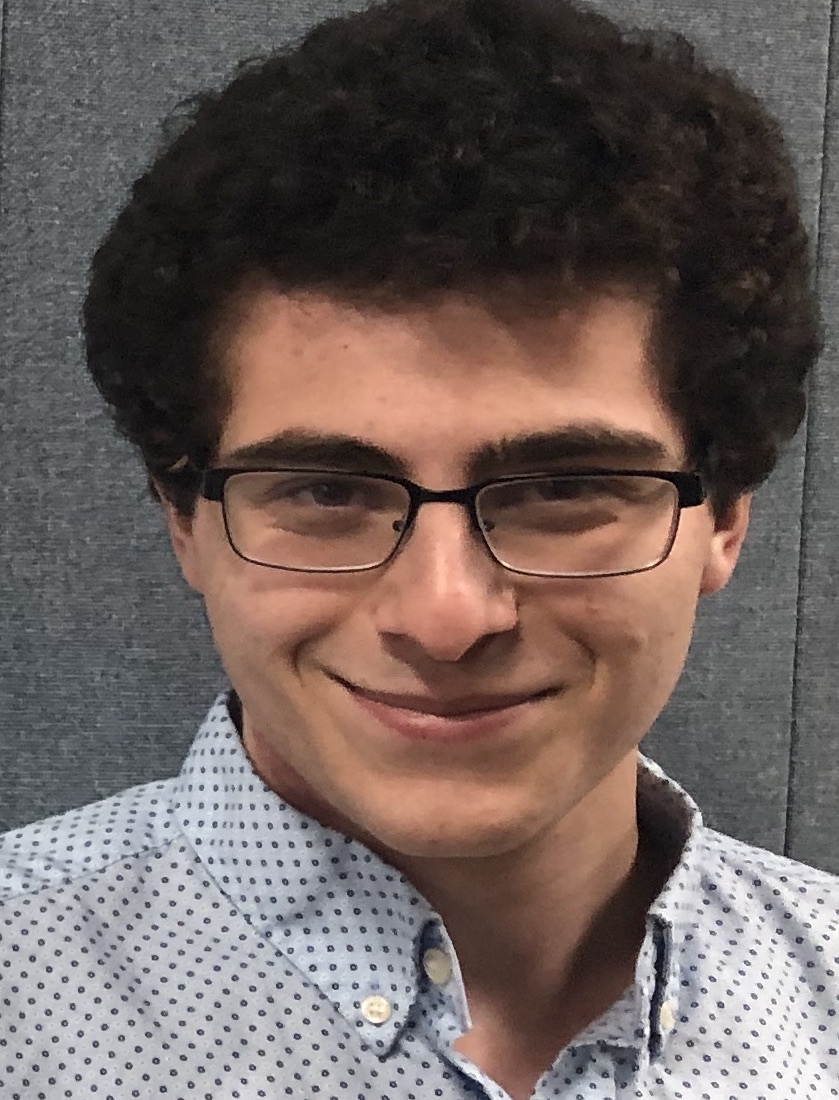
Rico Amato, PhD Student
Lab member since: March 2021
Project Name: Tracing the Development of the Terminal Nerve
Briefly Describe your project: The Terminal Nerve is the only nerve that is known to project from the nose to the basal forebrain. Despite this, it’s elusive structure, how it develops, and its function are still unknown. Using a novel transgenic mouse model, we can trace the terminal nerve as it migrates and generate the first time-course reconstruction of the terminal nerve.
Being able to see neurons as they develop is always cool, and Paolo and the lab's excitement for my data serves as a reminder that this was the path I was meant to take – Rico Amato
Rico contributed to his first publication last year! Congratulations Rico!
Hobbies: video games, tennis, and baking.
Follow Rico: @AmatoRico (Twitter), @ricoamato (Instagram)
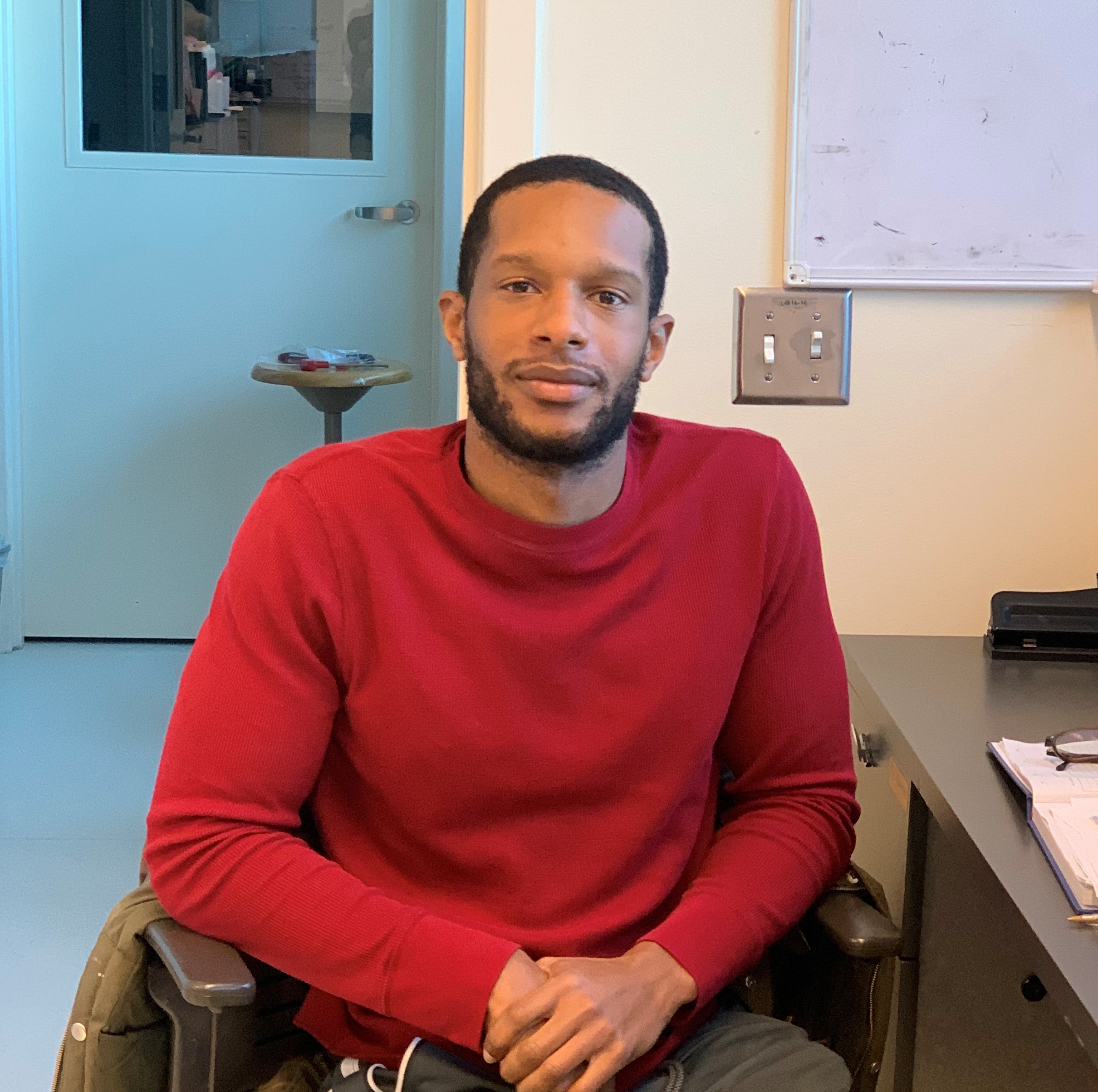
Tyler Mitchell, Research Assistant/Tech
Lab member since: July 2020
Project Name: Role of MSL3 in Mouse Spermatogenesis
Project Description: MSL3 is a gene involved in drosophila oogenesis. It is important for meiosis progression In drosophila as it is involved in upregulation of synaptonemal complex genes and indirectly promotes Rbfox1 mediated Meiotic cycle entry. It has been found to be expressed in mouse testes as well suggesting a conserved role or another important function.
It is a healthy and welcoming environment. Paolo’s excitement and drive is infectious and felt all throughout the lab. It’s a very fun and stimulating lab to be apart of. - Tyler Mitchell
Recent Publications
Mechanisms underlying pre- and postnatal development of the vomeronasal organ. Raghu Ram Katreddi, Paolo E Forni. Cell Mol Life Sci. April 19, 2021
Identifying Isl1 Genetic Lineage in the Developing Olfactory System and in GnRH-1 Neurons. Ed Zandro M. Taroc, Raghu Ram Katreddi and Paolo E. Forni. Front. Physiol. · October 21, 2020
Smad4-dependent morphogenic signals control the maturation and axonal targeting of basal vomeronasal sensory neurons to the accessory olfactory bulb. Naik AS, Lin JM, Taroc EZM, Katreddi RR, Frias JA, Lemus AA, Sammons MA, Forni PE. Development · April 27, 2020
Sex-dependent effects of chronic variable stress on discrete corticotropin-releasing factor receptor 1 cell populations.. Rosinger ZJ, De Guzman RM, Jacobskind JS, Saglimbeni B, Malone M, Fico D, Justice NJ, Forni PE, Zuloaga DG. Physiol Behav. · May 15, 2020
Gli3 Regulates Vomeronasal Neurogenesis, Olfactory Ensheathing Cell Formation, and GnRH-1 Neuronal Migration. Taroc EZM, Naik AS, Lin JM, Peterson NB, Keefe DL Jr, Genis E, Fuchs G, Balasubramanian R, Forni PE. J Neurosci. · January 08, 2020
A full list of publications from the lab can be found here.
Openings
The Forni Lab has a postdoc opening to study neuro-development. Learn more to join this exciting lab!
Follow the Forni Lab
Twitter: @ForniLab
LinkedIn: https://www.linkedin.com/in/paolo-e-forni-9067b320/
Website: http://fornilab.com/


